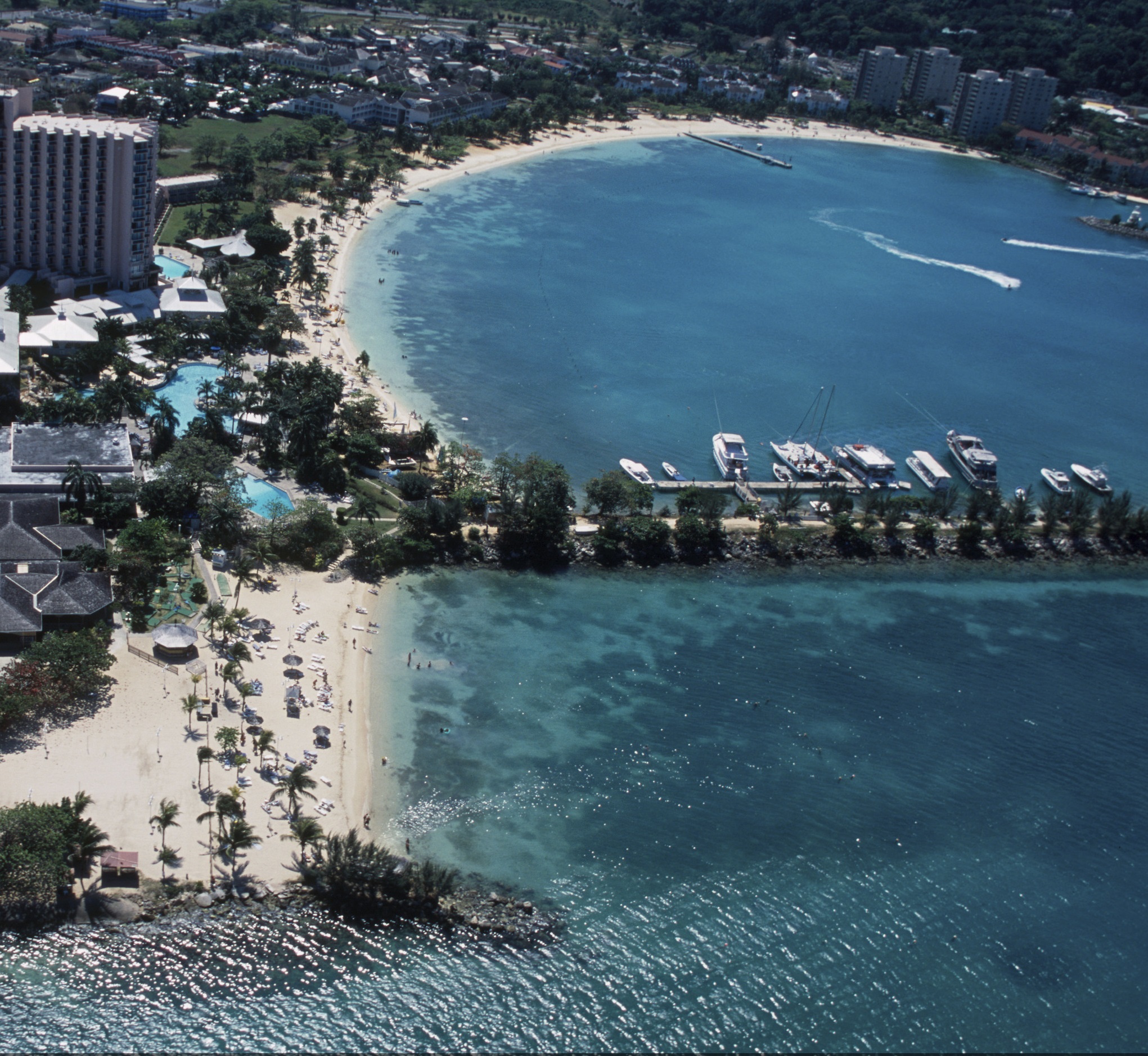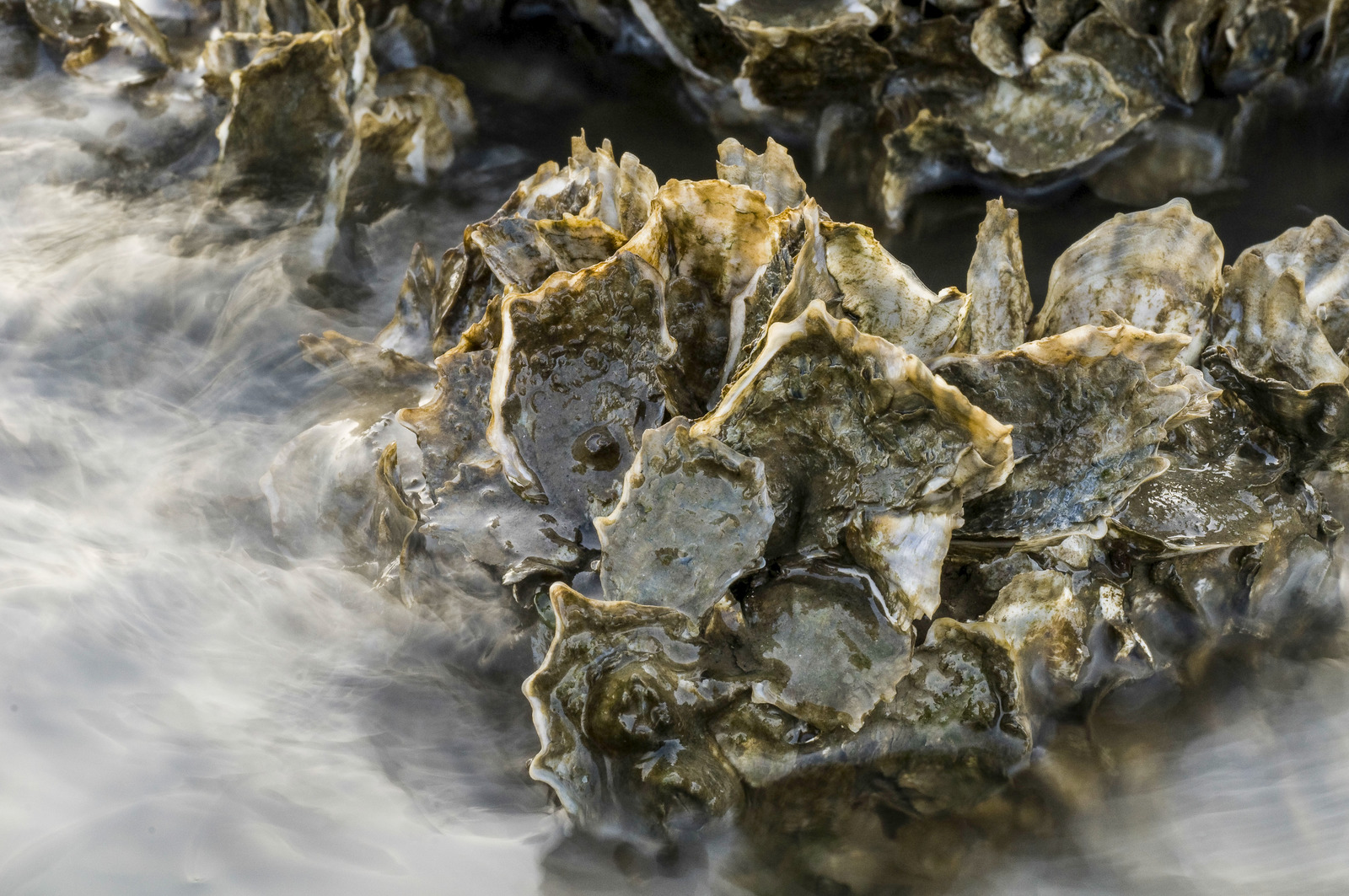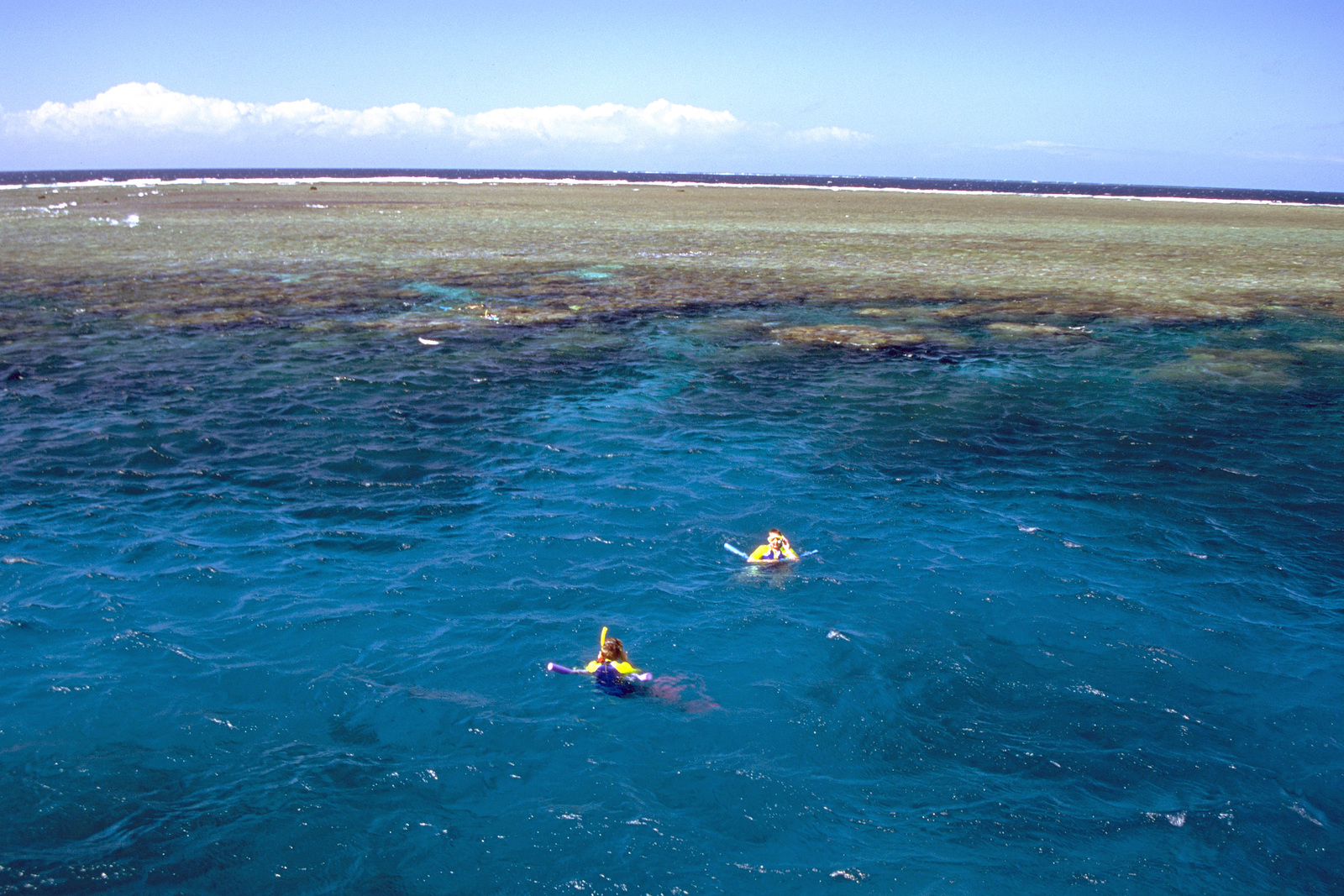What Are Ecosystem Services?

Ecosystem services are the benefits natural ecosystems provide to people. That broad definition covers a vast array—from the tangible fish sold in a market or served in a family home, to the invisible influence of a seagrass meadow removing some of the world’s excess carbon dioxide, subtly shifting the chemical balance of both the water and the air above.
The benefits nature provides are classed in three broad groups:
- Provisioning services are those that provide tangible, harvestable goods—fish, shellfish and seaweed for food, but also mangroves timber, algae, minerals and health products.
- Regulating services are the benefits ecosystems play in regulating our environment—coastal protection, prevention of erosion, water purification and carbon storage.
- Finally, cultural services are the many non-material benefits derived from nature—recreation, beauty, as well as spiritual, intellectual and cultural benefits.
Underpinning these different benefits are the ecosystems themselves—complex matrixes of plants and animals that both respond to and directly modify their surrounding physical and chemical environment through a constant dynamic series of interactions. Many of these processes and interactions are described as supporting services, or services that are necessary for all of the other ecosystem services to occur.

Measuring ecosystem services
Dollar values, of course, are only one metric of value, and they are not always the best. For example, we have been told that in 2012, the ocean provided 160 million tons of fish which generated $129 billion dollars in exports. Even these vast numbers fail to do justice to the critical nutritional, health and security functions our fisheries provide, often in places where alternative livelihoods and food sources are limited.
Mapping Ocean Wealth’s research and findings are focused around particular ecosystems and services. We thought about value in these broader terms. If we can tell, for example, how many fish are caught from an oyster reef, then this can form a fundamental base for considering different values—jobs, social security, local income, tax revenues or foreign exchange earnings. We call these numbers the “ecological production functions” the components of the ecosystem output that generate value as human benefits.
We define it as five broad classes of ecosystem services: food production, coastal protection, water purification, carbon sequestration, tourism and recreation, as well as a range of non-use values (also known as “intrinsic value”). We also know that ecosystems contain multiple services which we call ‘ecosystem services bundling.’ Mapping Ocean Wealth team built scientifically robust models and maps that demonstrate clearly that we already know enough to build ecosystem services into the wider discussions of societal resource use and development.
Explore Ecosystem Services
Image credits: (Tiles top left to right) © Mark Godfrey, © Jonathan Kerr, © Clay Bolt; (bottom left to right); © Nick Hall, © Ron Geatz, © Mwangi Kirubi







